Do You Spell Labels Makes It Easy to Read
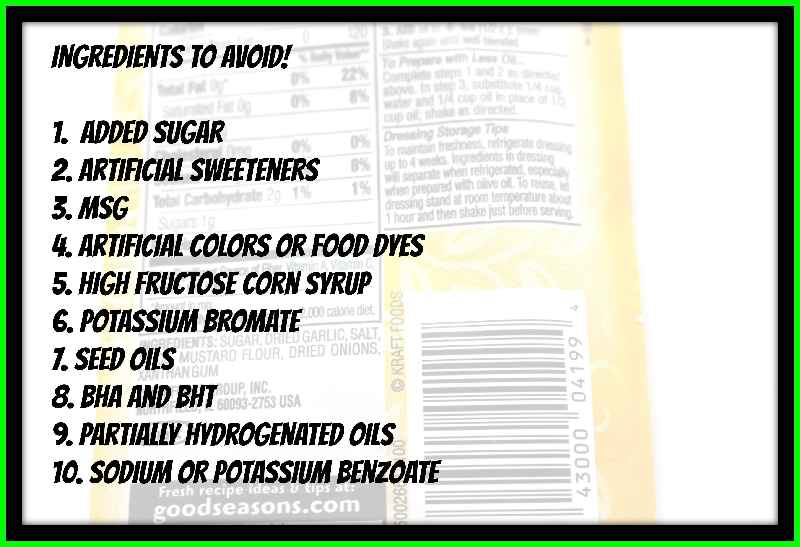
How can you read a nutrition label in four steps?
A brief introduction to reading the Nutrition Facts label is provided below.
- Step 1: Begin by determining the serving size.
- Step 2: Determine the total number of calories consumed.
- Step 3: Use the Percent Daily Values as a Reference Point.
- Step 4: Review the Nutrition Glossary.
- Step 5: Choose foods that are low in saturated fat, sugar, and sodium.

For dummies, how do you read a nutrition label?
Check out the calorie is a section of the suggested span transcript that hasn't been expanded yet. Total. The calculation is based on the indicated serving size. So it doesn't matter if you eat more or less. More information is available by clicking the More button at the bottom of this page.
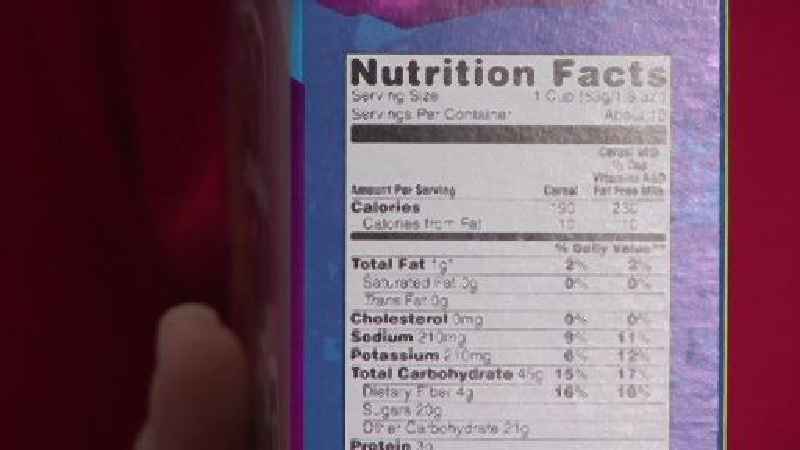
What are the ten guidelines of food label reading?
10 Tips For Reading Food Labels.
- Never trust the boasts on the box's front.
- Always read the Nutrition Facts and Ingredients labels.
- Make sure the serving size is correct.
- Look at the number of servings each packet.
- Make sure you know how many calories are in each dish.
- Examine the fat calories.
- Make sure the sodium level is correct.
- Examine the many forms of fat.

How do you read a nutrition food label in three easy steps?
3 Simple Steps for Reading Food Nutrition Labels for a Healthier Diet.
- STEP #1: Read the back of the label every time.
- STEP #2: Look for short ingredient lists that include ingredients that you would use in your own kitchen.
- STEP #3: Focus on the first three to five ingredients the most.

What does the 5/20 rule entail?
The 5/20 rule is a quick way to read the % daily numbers, albeit it isn't an end-all test. This indicates that there is a low amount of this nutrient if the percent DV is less than 5%, and a significant amount of this nutrient if the percent DV is greater than 20%.

What method do you use to calculate food labels?
To calculate this, divide the calories from fat in a food or drink by the total calories (found on the product's food label) and multiply by 100. Divide 60 by 300 and multiply by 100 if a 300-calorie food contains 60 calories from fat.
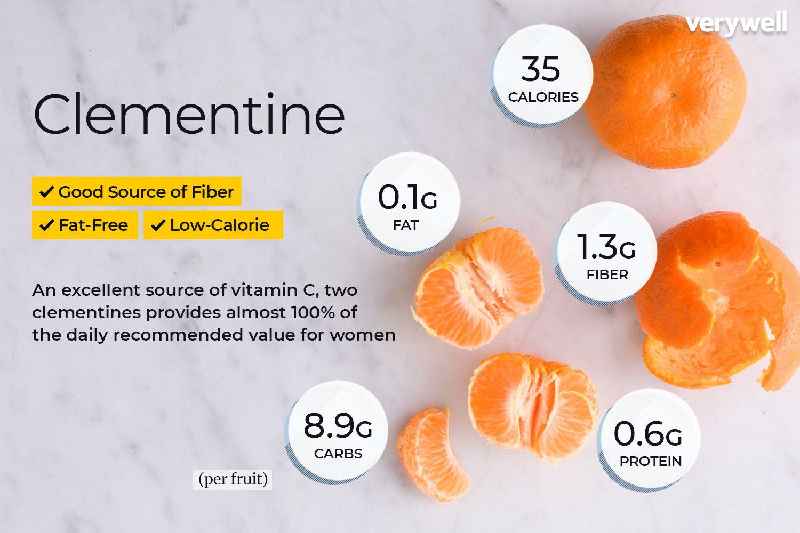
What should you look for on a nutrition label first?
Look at the number of servings in the package (servings per container) and the serving size on the Nutrition Facts label first.
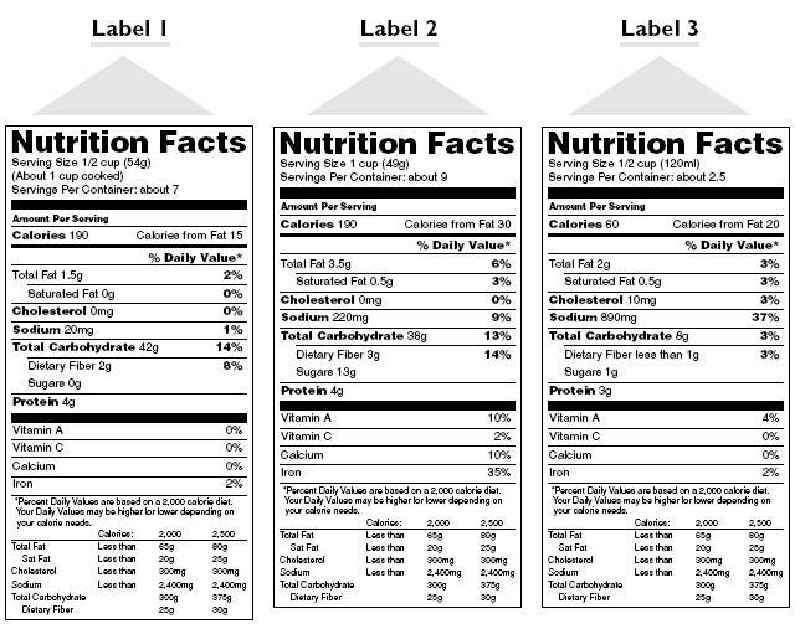
On a nutrition label, how much sugar is too much?
According to the American Dietary Guidelines, calories from added sugars should account for less than 10% of total calories consumed each day. For example, if you eat 2, 000 calories a day, you'll consume 200 calories or 50 grams of added sugars.
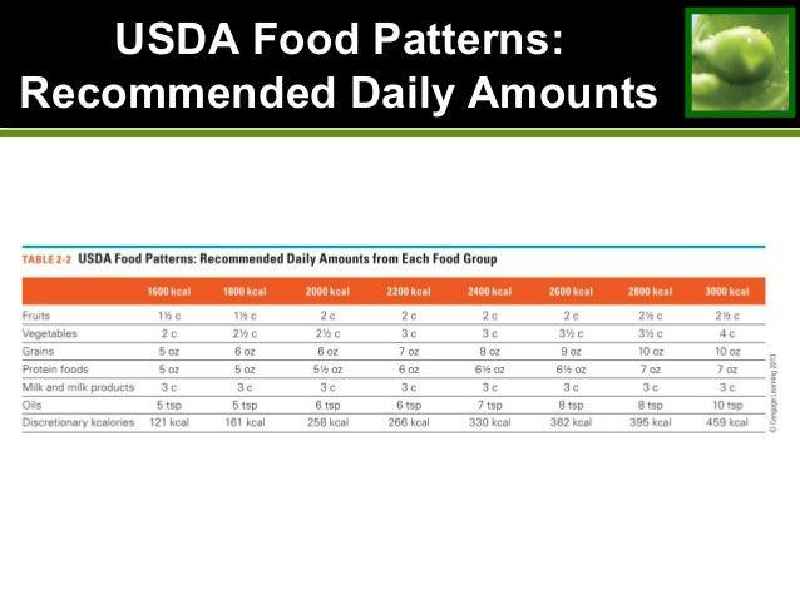
What do the nutrition data labels say?
The nutrition data label informs you about the ingredients in the food you're eating. It assists you in determining whether you have a healthy, well-balanced diet. A label should be on every packed or processed product.
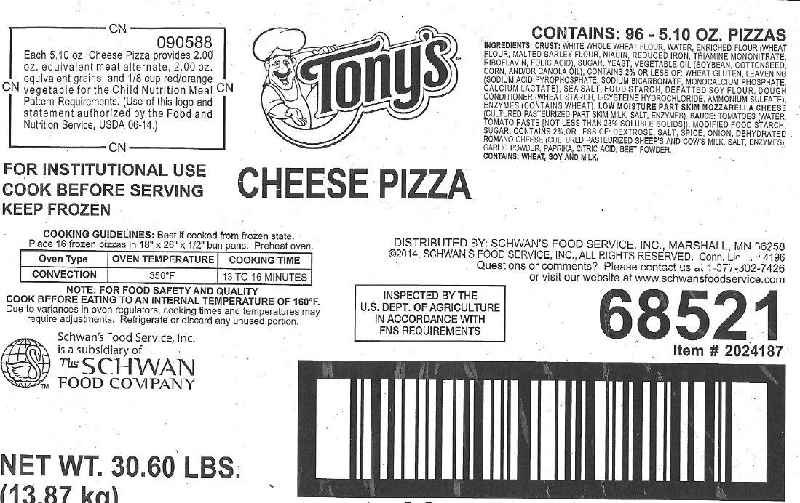
How do you go about reading a food label?
Reading Nutrition Labels is a fun activity.
- Determine the serving size and the number of servings per container.
- Look for the calories.
- The calorie count is for a single serving.
- Calculate the total fat grams (g) per serving.
- Calculate the percentage of daily value.
- Ingredients: The order of ingredients included in the food product, from most to least, is shown here.
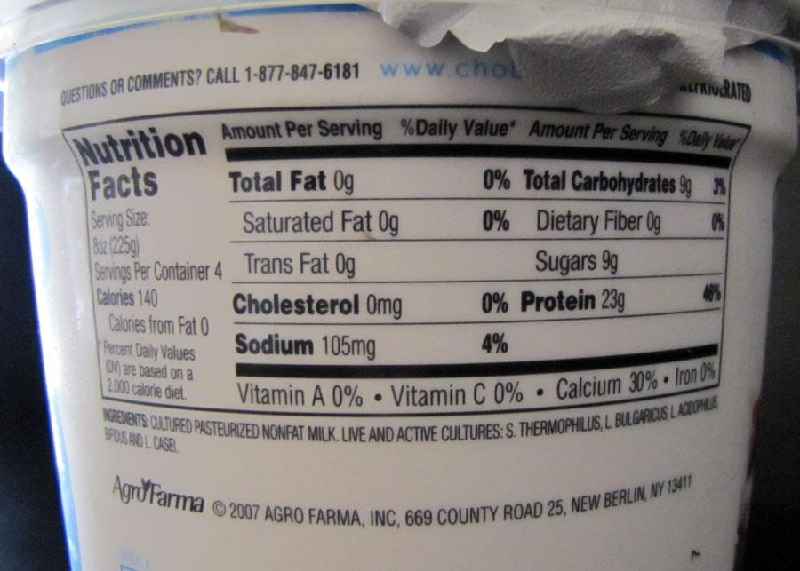
On a nutrition label, how are ingredients listed?
On the label, food makers must list all of the ingredients in the product. The components on a product label are stated in order of predominance, with the ingredients used in the highest amount first, followed by those used in smaller amounts in descending order.
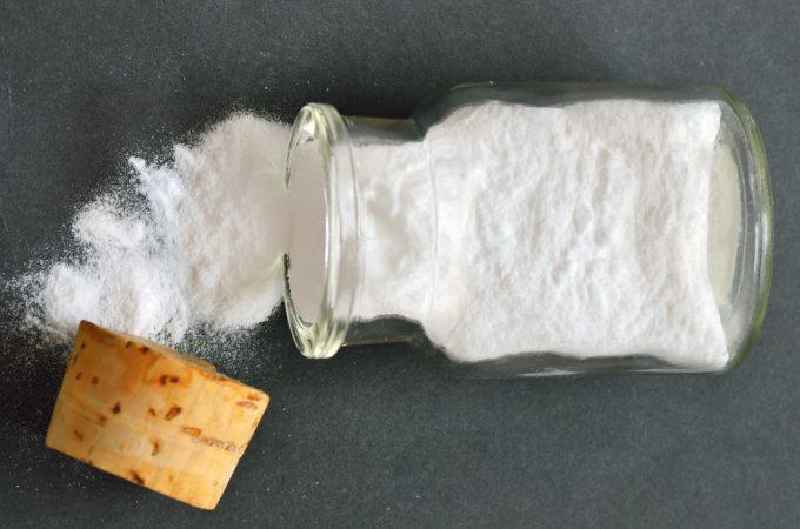
How do you read a label for carbs?
Before expanding a portion of the indicated span transcript, you should first look at the serving size, which is listed at the top of the food label. The act of serving. More information is available by clicking the More button at the bottom of this page.

Which of the following groups should limit their sodium intake to less than 1500 mg per day?
According to the 2005 Dietary Guidelines for Americans, people with high blood pressure, all middle-aged and older adults, and all blacks should take no more than 1, 500 mg of sodium per day. The recommended sodium limit for all other people is 2, 300 mg per day.

In nutrition, what is the 50/20 rule?
The so-called 50/30/20 diet is one way to get healthy. It's based on the premise that carbs should make up half of your daily calorie intake, protein should make up 30%, and fat should make up 20%. However, you can employ the 50/30/20 guideline to improve your financial situation.

What does the 10 10 5 rule mean in terms of nutrition?
To decide which product to buy, apply the 10, 10, 5 rule: Contains fewer than 10 grams of fat, less than 10 grams of sugar, and more than 5 grams of fiber. You can think of it like this: Less is better for fat and sugar, but more is better for fiber.
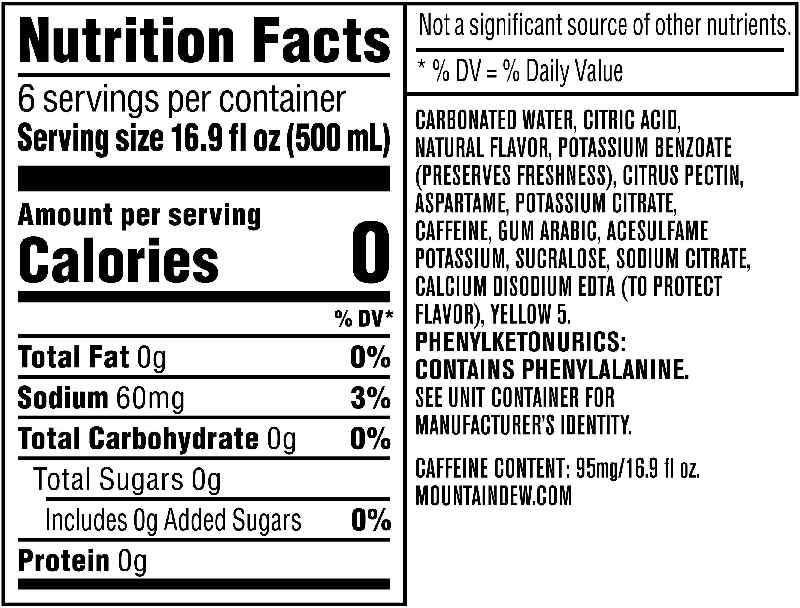
What exactly are the four macronutrients?
Carbohydrates, lipids, and proteins are the macronutrients.
- Carbs that are good for you.
- Protein that is good for you.
- There are both good and unhealthy fats.
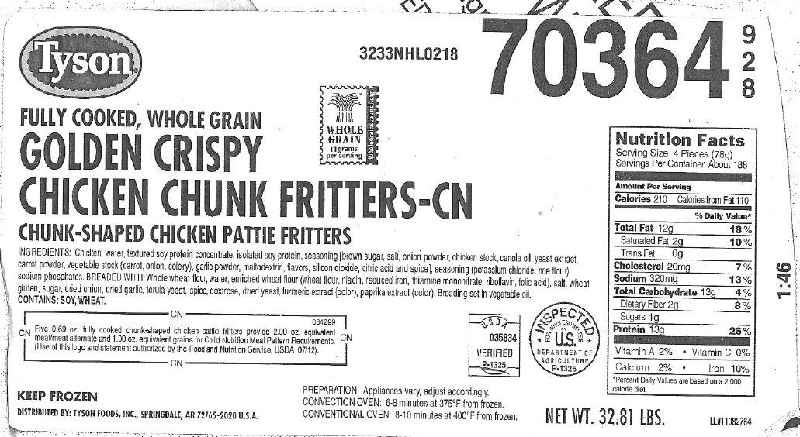
On a nutrition label, how do you calculate sugar?
To get the total grams of sugar in the container if you drink it all, multiply the grams of sugar in one serving by the total number of servings in the container. The total number of teaspoons of added sugar in the drink is then calculated by multiplying the total grams of sugar by four.

What percentage of nutrition labels are accurate?
It varies on the food matrix and the nutrient, but NIST measurements of nutrient components (such as sodium, calcium, and potassium), macronutrients (fats, proteins, and carbs), amino acids, and fatty acids are generally accurate to within 2% to 5% .

On a nutrition label, how do you calculate calories?
Before being enlarged, a portion of the suggested span transcript is shown. The standard suggestion is to consume fewer than 30% of our daily calories and fat. As a result, i. More information is available by clicking the More button at the bottom of this page.
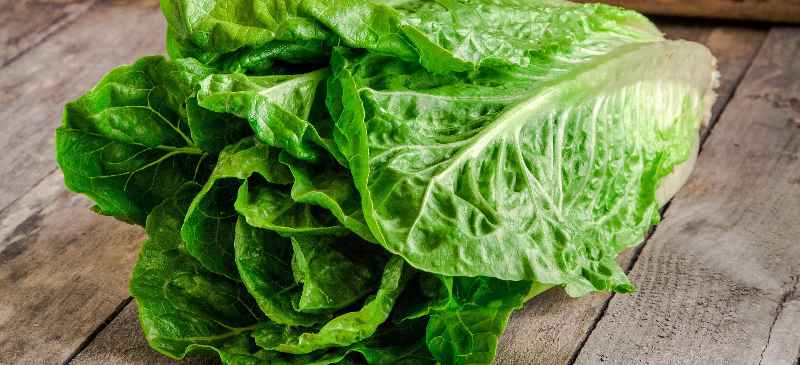
What calorie intake is considered excessive?
For a 2, 000-calorie diet, a serving size of 40 calories is considered low, a serving size of 100 calories is considered moderate, and a serving size of 400 calories or more is considered excessive.
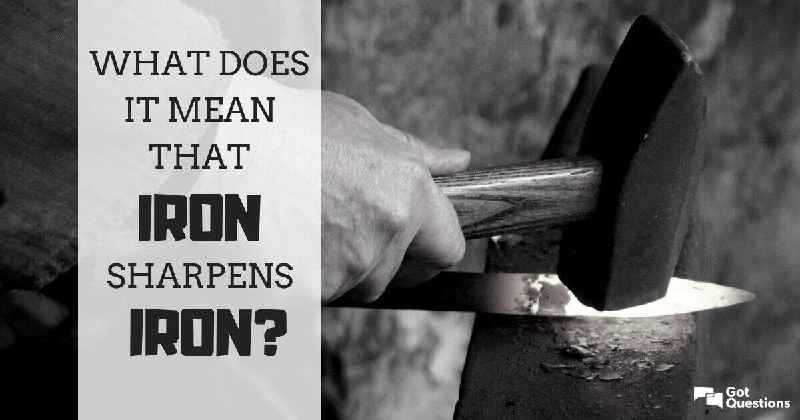
What should you stay away from when reading food labels?
7 Ingredients to Avoid on Nutrition Labels.
- Trans-Fat.
- Oils that have been partially hydrogenated.
- Corn Syrup with a High Fructose Content (HFCS).
- Aspartame, sucralose, and saccharin are examples of artificial sweeteners.
- Sodium Benzoate and Potassium Benzoate are two types of benzoates.
- Sodium Nitrites and Sodium Nitrates are two different types of sodium nitrates.
- MSG monosodium glutamate (monosodium glutamate).
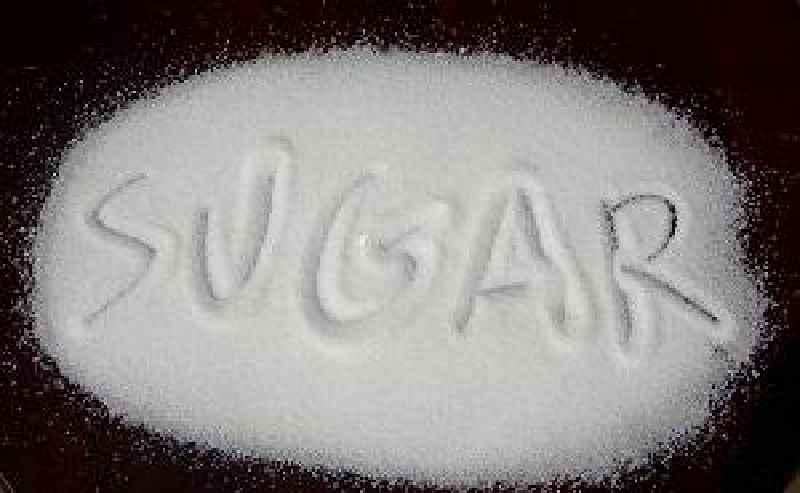
What does "four serves" imply?
Each nutrition facts label has a serving size that corresponds to the amount of nutrients found in a specific amount of food as indicated by the numbers on the label. Grain servings should be 6-8 per day. A single serving could be a slice of bread. Vegetables: 4-5 Servings each day.
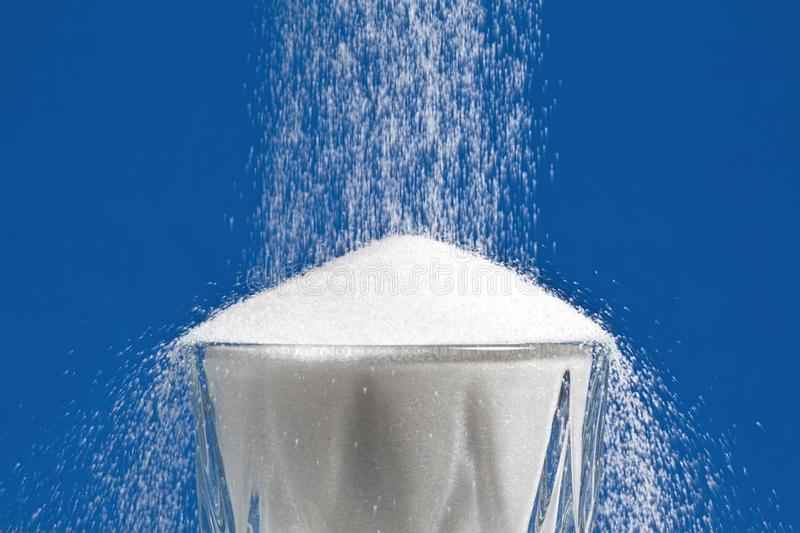
Is 25 grams of sugar too much for a diabetic to consume?
Not exceeding the daily calorie limit – for women, this is 2, 000 calories and for men, it is 2, 500 calories. Limiting sugar consumption to no more than 6 tablespoons each day (25g).
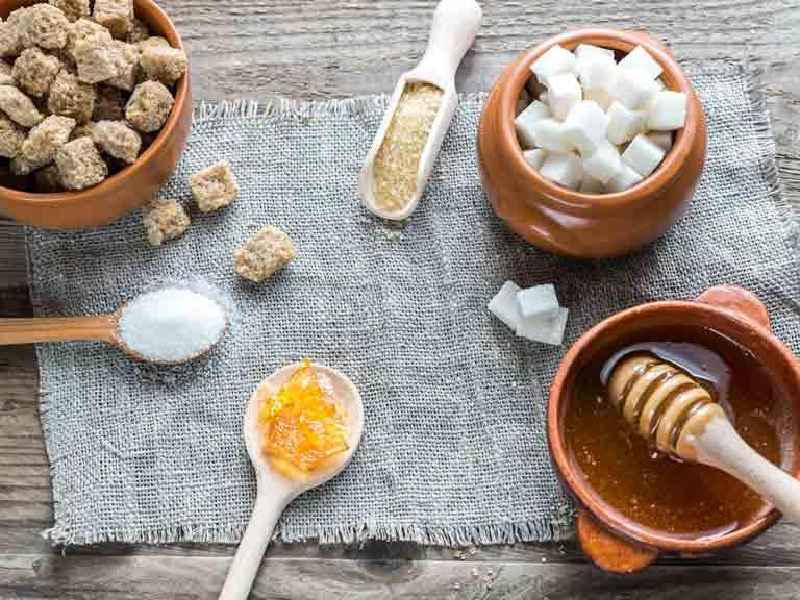
Is 80 grams of sugar excessive?
Eighty grams of sugar is unlikely to cause you any problems in the short term if you are a large and physically active person. It has the potential to produce long-term issues. As part of a healthy, well-balanced diet, we consume a significant amount of NATURAL sugar.
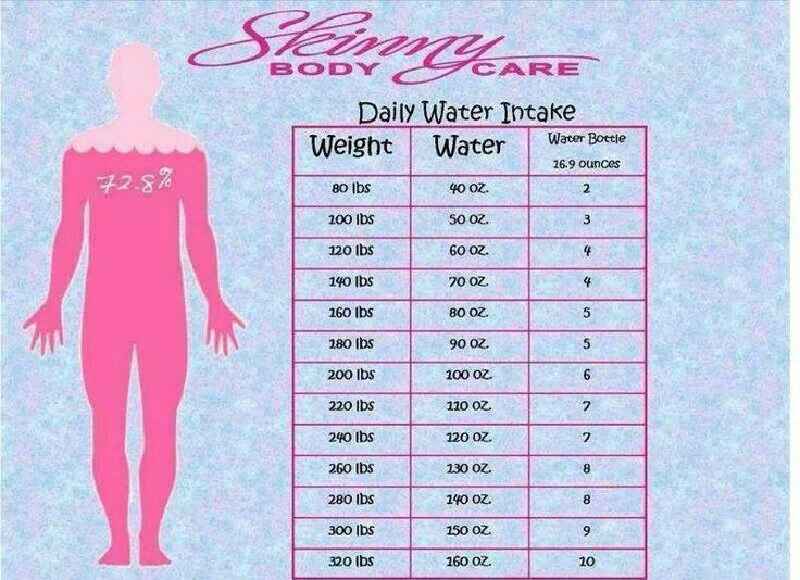
Is honey considered sugar that has been added?
Even though honey is a natural product, it is still a refined sugar, similar to corn syrup or cane sugar. "When they read a food label and see honey instead of sugar, it makes a lot of people feel better, " friedman adds.
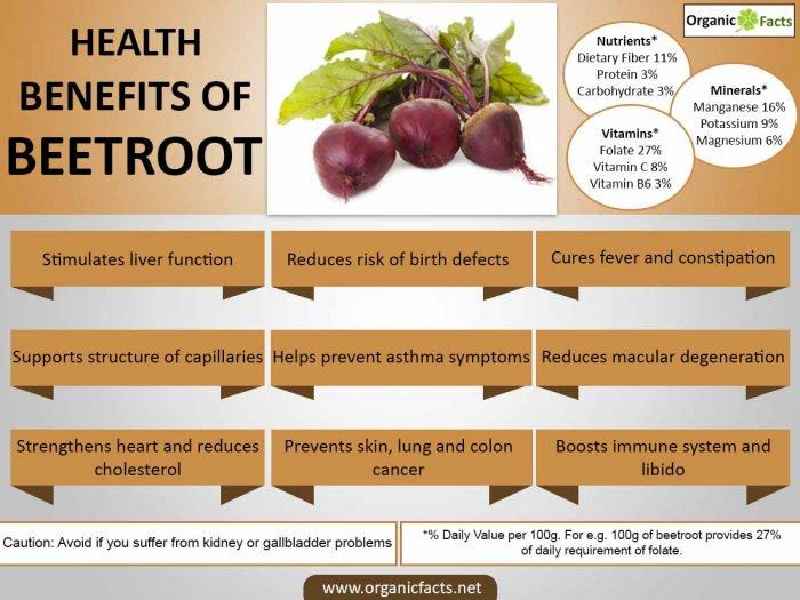
What is the basis for daily value?
* Percent Daily Values (%DV) are calculated using a 2, 000-calorie diet. Depending on your calorie requirements, your daily value may be greater or lower. The percent Daily Value (DV) of a nutrient in a portion of food indicates how much it contributes to a daily diet. The standard nutrition advice is 2, 000 calories per day.
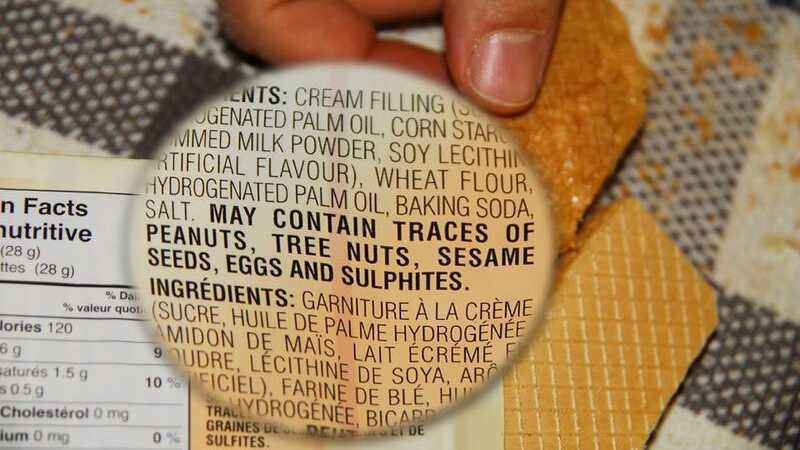
When it comes to losing weight, what do nutrition labels look for?
For weight loss, learn how to read food labels.
- Decide on a serving size. The serving size of the item, as well as the number of servings in each package, are listed at the top of the nutrition label.
- Calculate how many calories you've consumed.
- Examine your fat, cholesterol, and sodium levels.
- Determine the amount of fiber, vitamins, calcium, and iron in your diet.

What are the benefits of reading nutrition labels?
Food labels are required by law and are crucial for a variety of reasons. They assist consumers in making informed decisions about the food they buy, storing and using it securely, and planning when they will consume it, all of which help to reduce food waste.
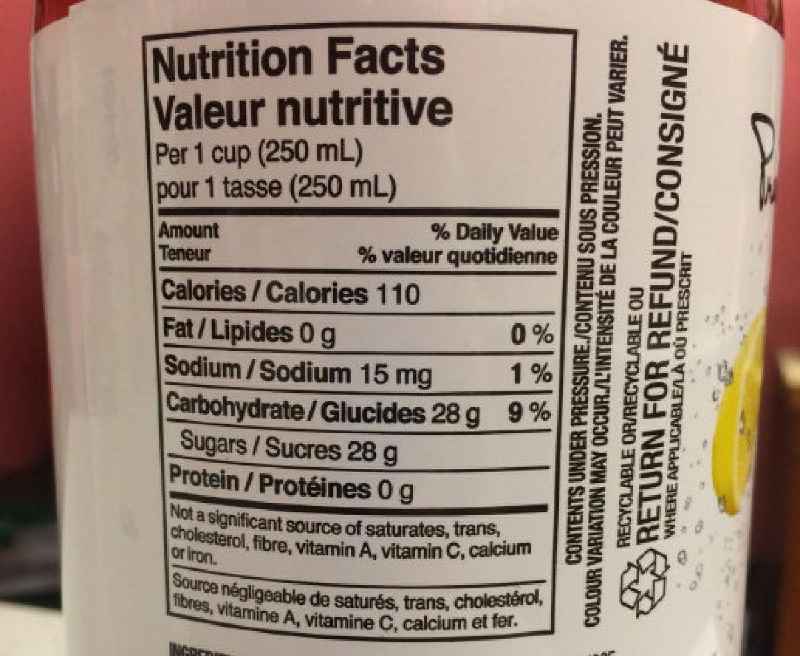
How do you interpret a video of a nutrition label?
Before being enlarged, a portion of the suggested span transcript is shown. As a result, it's critical to understand what the Nutrition Facts label is actually telling you. More information is available by clicking the More button at the bottom of this page.
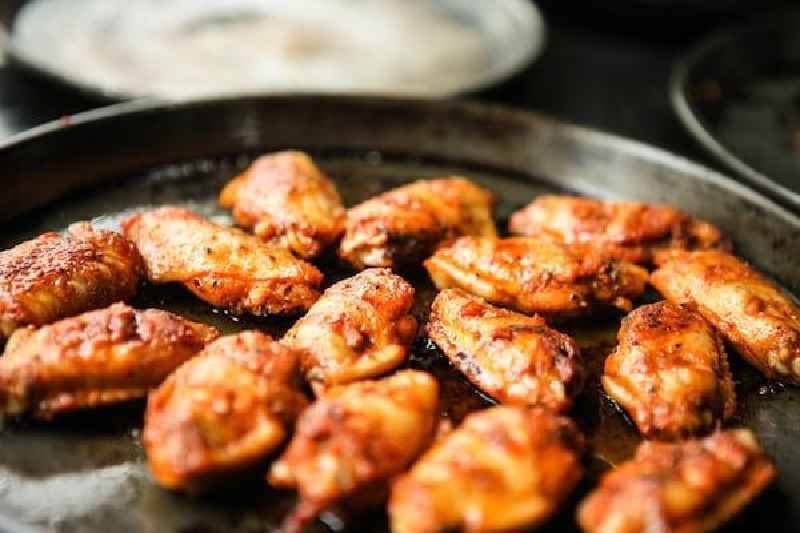
What method do you use to compare food labels?
How to Compare and Contrast Two Food Labels.
- Before reading the rest of the label, get the serving size information for each food, such as 1 cup or five crackers.
- Examine each food's calorie and fat levels.
- Each food's cholesterol content can be seen on the label.
- Check each label for sodium content.

What is the difference between the many types of food labels?
Food Labels to Read.
- Product Release Dates.
- Ingredients are listed below.
- Label with Nutritional Information.
- Every day's worth.
Sugar is classified as what nutrient?
Sugar is a carbohydrate that contains the same amount of energy (kJ) per gram as other carbohydrate sources such as breads, rice, pasta, and fruits. Carbohydrates offer 16 kJ of energy per gram.
Category:Nutrition
hooverconesee1936.blogspot.com
Source: https://nutritionless.com/how-to-read-nutrition-labels/
0 Response to "Do You Spell Labels Makes It Easy to Read"
Post a Comment